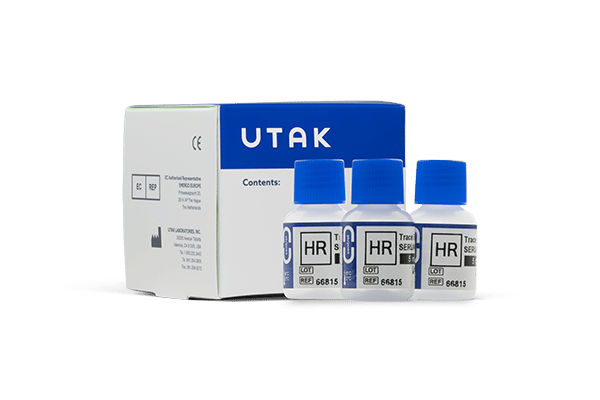
Trace elements can be found in a healthy human body in various concentrations ranging from parts per million to parts per billion. Some of these, such as cobalt, copper, iron, and manganese, have essential biological functions. Deficiencies are common and are often treated with supplementation.
Metals like aluminum, arsenic, lead, and mercury are among the heavy metals toxic to humans. Trace elements analysis is necessary for clinical laboratories to evaluate nutritional status or toxic exposure.
Analytical interference in trace element analysis can lead to inaccurate results that may put a patient at risk. Clinical laboratories can minimize interference by adopting best practices in trace element analysis:
1. Maintain Rigorous Controls on Sample Collection
Human error in sample collection is by far the most likely reason for analytical interference. Sometimes, errors are the result of outside factors such as a lack of sleep or distraction on the part of the technician. There are a number of ways to address such issues:
- Periodic retraining and continuing education around sample collection
- Use of appropriate checklists, which are proven to reduce diagnostic errors
- Human factors interventions like adequate staffing and consistent scheduling
2. Use Trace Metal-Free Sample Collection Methods
To improve uniformity in sample collection, now is the time to shift toward using certified trace metal-free tubes or lead-free tubes exclusively. As shortages can make it difficult to access these tubes, ensure the right procurement processes are in place to meet anticipated needs.
3. Select Appropriate Trace Element Analysis Methods
No matter if your lab uses inductively-coupled plasma mass spectrometry (ICP-MS) or atomic absorption spectrophotometry (AAS), it is important to minimize interferences by understanding the limitations of your technology and planning accordingly – for example, isobaric interferences in ICP-MS.

The Best Matrix to Use for Trace Elements Testing
UTAK offers serum matrix products for trace elements testing in both the Normal Range and High Range. Both products contain a selection of twelve trace elements reflecting the needs of most modern clinical laboratories. These include trace elements where toxicity may occur after supplementation: aluminum, cadmium, calcium, chromium, copper, iron, magnesium, manganese, nickel, selenium, silver, and zinc.
To maintain quality assurance standards at your laboratory, always question any vendor of human matrix control materials to ensure their products meet your requirements. Examine licenses and accreditations carefully before you decide on a new vendor.
Contact the Control Freaks to learn more about our Trace Elements Quality Control.
